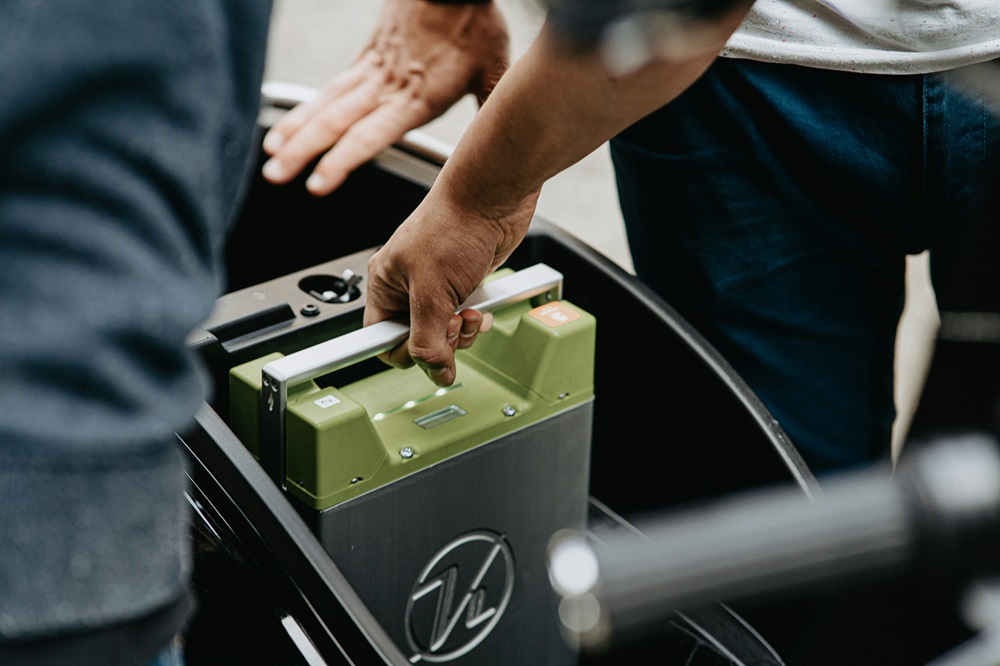Eninrac Insights on India’s Green Hydrogen Market:
It is indeed true that the initial excitement or buzz around green hydrogen business in India stands reduced with the initial enthusiasm from companies of all sizes entering India's green hydrogen sector has diminished, leading to a landscape increasingly dominated by large corporations. Although there are many contributing factors but some prominent one’s are enlisted as below:
1. High Capital Expenditure and Technological Barriers:
The production of green hydrogen requires substantial investments in advanced technologies like electrolysers. These high capital expenditures pose significant challenges for small and medium-sized enterprises (SMEs). For instance, the India Green Hydrogen Market is projected to be worth $8 billion by 2030 and $340 billion by 2050, indicating substantial investments primarily from major players.
2. Economies of Scale Favoring Large Corporations:
Large corporations benefit from economies of scale, enabling them to distribute high initial costs over extensive operations, thereby reducing the per-unit cost of green hydrogen production. Companies like Reliance Industries and Adani Group have announced significant investments in green hydrogen, leveraging their scale to achieve cost efficiencies. For example, Reliance Industries invested $10 billion to generate 100 GW of solar electricity from renewable sources to produce green hydrogen by 2025.
Factsheet-India’s Green Hydrogen Development Roadmap
Source: eninrac consulting
3. Infrastructure and Supply Chain Challenges:
Developing a robust infrastructure for the production, storage, and distribution of green hydrogen demands significant investment, which is more accessible to large corporations. Challenges such as land allocation issues, high investment burdens, connectivity problems, and delays in government clearances have deterred smaller companies from participating in green hydrogen tenders.
4. Net Worth Criterion for Players Participating in RfS for SECI Bids:
The Request for Selection (RFS) mandates a minimum net worth of ₹10 million per MW (approximately USD 120,000) and a performance bank guarantee of ₹1.48 million per MW (around USD 18,048). With a minimum bid capacity set at 100 MW under Bucket 1, bidders are required to demonstrate a net worth of ₹1 billion (USD 12 million) and provide a performance bank guarantee of ₹148 million (USD 1.8 million).
These stringent financial requirements create significant barriers for micro, small, and medium enterprises (MSMEs), as their investment in plant and machinery is capped at ₹500 million (USD 6 million). This effectively excludes many manufacturing businesses and start-ups from entering the electrolyzer manufacturing sector. Furthermore, the substantial financial burden of the bank guarantee requirement poses an additional challenge for entities without established credit lines, making it even more difficult for them to participate in the bidding process.
5. Access to Financing:
Large corporations often have better access to financing options, enabling them to undertake significant projects in the green hydrogen sector. For example, Adani New Industries invested $50 billion in green hydrogen in collaboration with TotalEnergies to create the world’s largest green hydrogen ecosystem.
6. Technological Advancements and Expertise
The development and deployment of green hydrogen technologies require advanced expertise and research capabilities. Large corporations typically have dedicated research and development departments, allowing them to innovate and stay ahead in the sector. For instance, companies like Siemens and Thyssenkrupp are investing in research and development to expand their product lines in the green hydrogen market.
7. Market Dynamics and Competitive Pressures
The competitive landscape of the green hydrogen sector favors entities that can operate at scale and absorb market fluctuations. Large corporations can leverage their diversified portfolios to mitigate risks associated with the nascent green hydrogen market, a flexibility that smaller companies often lack.
Conclusion
The dominance of large players in India's green hydrogen sector is a multifaceted issue stemming from high capital requirements, economies of scale, infrastructure challenges, policy uncertainties, financing access, technological expertise, and market dynamics. Addressing these challenges requires targeted policy interventions, financial incentives, and support mechanisms to enable smaller companies to participate meaningfully in the green hydrogen economy.




